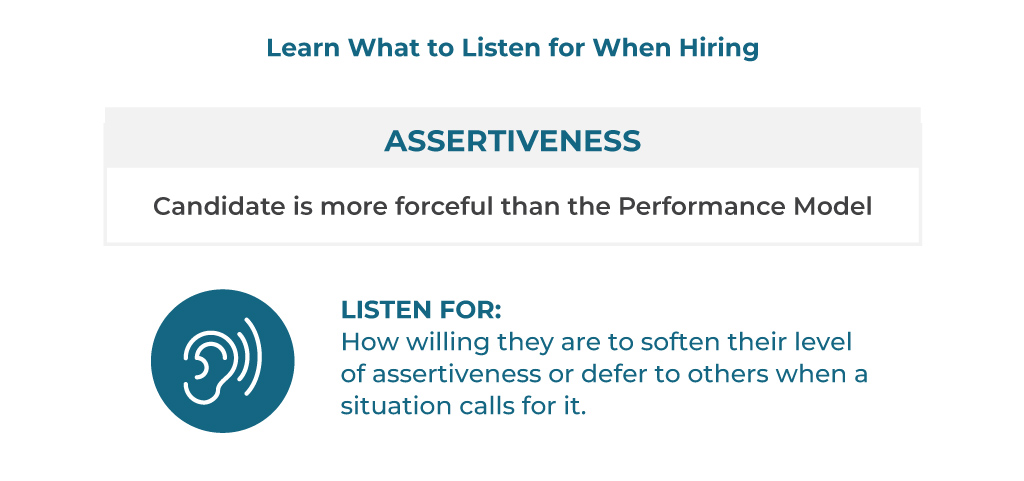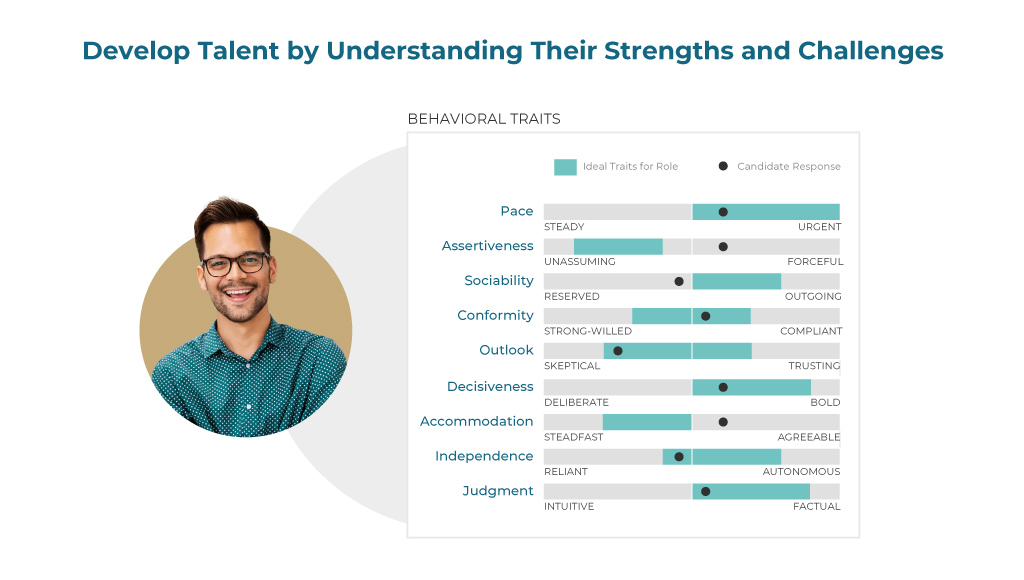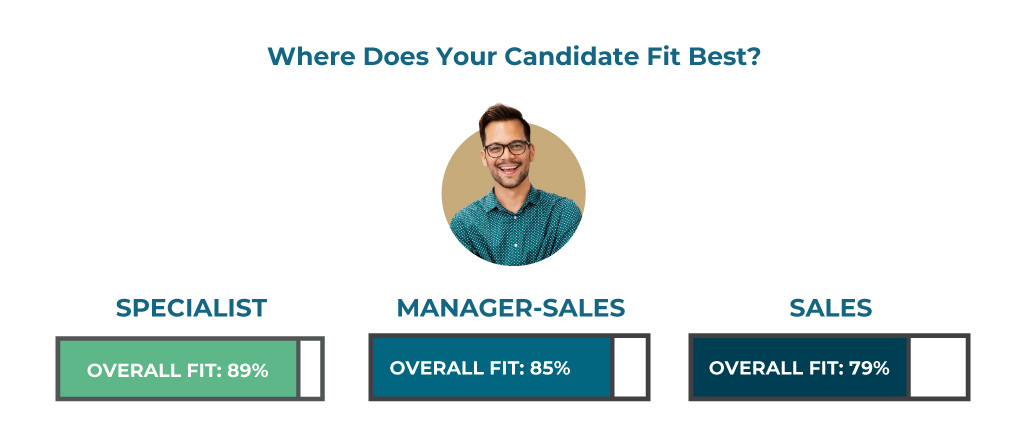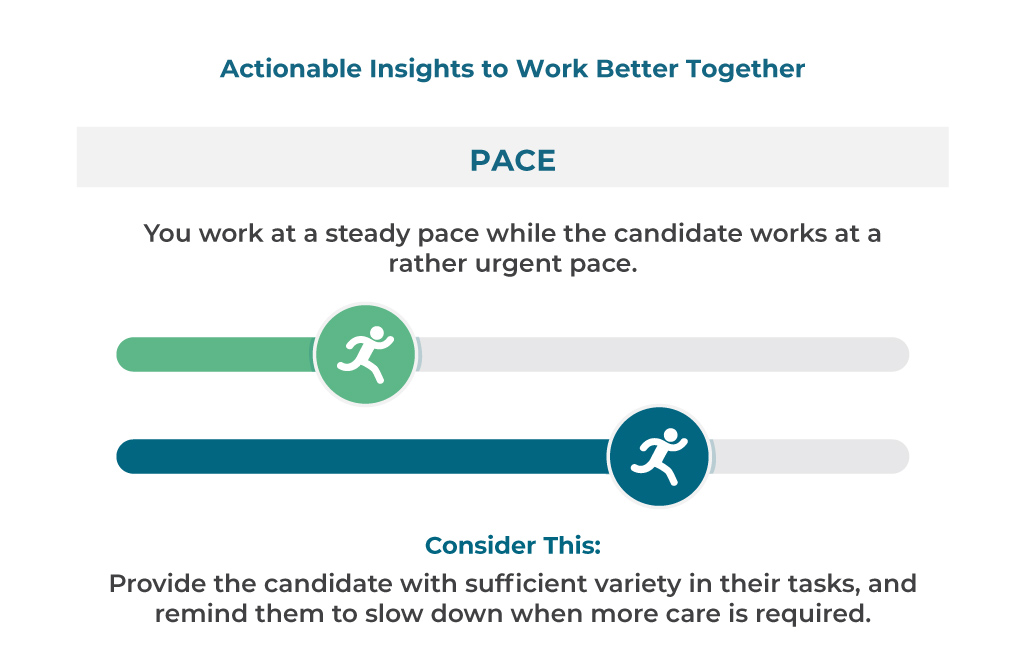
Retaining and Hiring Top Talent Amidst a Talent Shortage

Hiring and retaining top talent has become a paramount challenge in today's competitive business landscape. With the increasing demand for skilled professionals outpacing the available workforce—attracting, hiring, and retaining exceptional talent has become an essential cornerstone of organizational success.
Globally, countries are reporting an average talent shortage of 77%. In other words, there are only 0.77 job seekers for every job opening. This is the highest reported global talent shortage in the last 16 years, based on Manpower’s Talent Shortage Annual Report. And this shortage is likely to grow; in a recent study from Korn Ferry, the talent shortage will amount to 85 million unfilled roles by 2030.

In the U.S., according to The Bureau of Labor Statistics, as of October 2023, the talent shortage is even more acute, with only 0.7 job seekers for every job opening. While it might be great news for anyone currently looking for a new job, hiring managers may have a tough time filling open roles. In combination with the Baby Boomer Generation retiring, filling these high-skilled jobs will continue to be a challenge.
While 2030 may seem far away, the most innovative and successful organizations have already started preparing for a potential talent shortage by prioritizing three key initiatives: upskilling and re-skilling; expanding their talent pools; and offering flexibility. We'll explore these effective strategies and provide practical insights into how PXT Select® can assist in implementing them.
1. Upskilling and Re-Skilling
As Baby Boomers retire, hiring for the often high-skilled jobs they are vacating becomes a challenge due to a lack of trained candidates. Hiring internally and upskilling your workforce can be easier and more cost effective but has its challenges. How can you keep the selection process objective when you already know the candidates? How can you provide feedback if a good internal candidate doesn’t get the job? The key is to have a structured hiring process with checks and balances that allow multiple perspectives. Here’s how to do it in three simple steps:
- 1. Create a Common Hiring Framework
Conduct an inventory of skills needed to fill talent gaps in your organization. Focus on creating performance models to define what success looks like for each role. This gives all stakeholders a common hiring language and framework to follow. - 2. Assess Your Current Talents’ Potential
Be intentional in identifying strengths and challenges when filling roles. This makes feedback easier if a candidate does or doesn’t get the job and helps refocus their energy. - 3. Develop an Action Plan
Create an action plan for a smooth transition to a new role, addressing challenges and opportunities for both the individual and the manager. It's also helpful to create an action plan for internal candidates who don't get a role so they can develop for future opportunities.
The PXT Select Coaching and Selection Reports provide participants with specific feedback from their assessment and help them understand their strengths and where they have room to grow. The Selection Report also includes “Listen for” tips that help hiring stakeholders find clarity on possible challenge areas.

For example, if you're hiring for a role that requires inclusive leadership, high assertiveness could be a problem if the person is not aware of it. With PXT Select, you can see if the candidate possesses other desirable traits and behaviors that can balance the negative impact high assertiveness can have in a role that needs less assertiveness. As an interviewer, you can decide how negotiable this trait is for the job and learn how to help the candidate develop these skills.
2. Find New Talent Pools
With aging demographics being a key driver of the talent shortage, it’s pivotal to look at talent early in their career. Some organizations drive this through internship programs, while others partner with academic institutions. Another way to diversify your talent pool is to look at people who are already in the workforce but want to move into high-demand careers. We see this happening the most in IT, Data Management, and Data Privacy. When you can identify key transferrable skills in a candidate, the hard skills become easier to develop.

With the PXT Select Comprehensive Report, you can identify soft skills that point you in the right direction to help develop talent. For example, you can see their problem-solving potential and reasoning, key interests and motivations (such as inclinations to more creative or business-oriented activities), as well as pace and sociability, just to name a few.

With the PXT Multiple Positions Report, you can compare the individual to multiple roles to see where their natural talents will best fit your organization's needs. This report can also assist with employee career planning by providing insights into their strengths and challenges across multiple roles, from entry-level to advanced positions.
Imagine being able to identify an employee's strengths early on and placing them in a role where they can perform at their best. With time, you can guide them toward new and meaningful growth opportunities. This can help them map out their professional career within your organization, ensuring they never feel the need to leave. In today's environment, this is invaluable and can set your organization up for success for years to come.
3. Offer Flexibility
Workplace priorities have shifted. People now value where and when they work more than ever before. However, organizations are struggling to cater to individual employee needs while pairing them with suitable managers who can ensure their success. This new reality demands organizations to assess a manager's leadership style in order to pair them with the right talent, allowing everyone to benefit.

The PXT Manager-Employee Report can help with just that. Knowing more about your people's similarities and differences will help you understand how you can work better together. By determining what is valuable to current employees and creating dynamic teams that understand different work approaches, organizations can successfully address generational gaps and meet the expectations of new generations.
By harnessing the power of PXT Select, organizations can propel their workforce development, widen their talent horizons, and craft an agile, adaptable environment poised for continuous success in the dynamic landscape of tomorrow. Learn more about how PXT Select can help you select the right candidate for every role here.
Did You like This Content?
Join our newsletter to get insights,
updates and more!

Found this post useful? Share it.